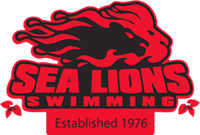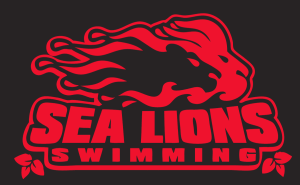10 Ways to Recover after Swim Practice
BY EMILEE WHITE
January 21st, 2019
- Sleep- Research shows that getting at least 8 hours helps the body recover fast and keeps it healthy. But another important thing that comes with sleep is a schedule. Make it a pattern to go to bed around the same time every night and wake up around the same time every morning. This will train the body to know when to recover and make it easier to recover.
- Hydration- Many people and swimmers don’t know that the body sweats during swim practice. Thought it’s not noticeable because the body is in water, swimmers sweat while in the water. That means that the body becomes dehydrated and a lot of swimmers don’t drink enough water or electrolytes to replenish the body. Water is the best thing you can give your body, but sometimes it can be hard drink water and have the taste of chlorine in your mouth. Drinking Gatorade and Powerade helps replenish the body during practice, supplies the body with simple sugars that give the swimmer more energy in practice, and it also tastes great.
- Stretching- There two type of stretching: Dynamic and Static. Dynamic Stretching is a form of stretching that utilizes movement to warm up the body before practice, which helps that body recover and release lactic acid from the practice before. The next stretch is static stretching, which is done when the body is at rest. This type of stretching is a form of cooling down because it elongates the muscles, but is sometimes used wrong. Some people do static stretching before working out, which can injury the body. So, all-in-all, do dynamic stretching practice to warm up the body and do static stretching after.
- Power naps- Many teams have double practices during the day, one in the morning and one in the afternoon, giving swimmers only a few hours to rest in between. Some swimmers nap too long, making themselves feel groggy when they wake up and during practice while others don’t sleep at all, not allowing their body to fully recover before practice. The perfect thing to do before practice is to fit in a little power nap. These naps usually range from 25 minutes to one hour, but too little of a nap or too long of nap would not be beneficial. If you have time, take a power nap before practice and you will wake up rejuvenated.
- Cooling Down- Every swimmer dreads this point during the practice because all they want to do is get out and go home. But what they don’t know is that this is the most important part of practice, besides warm up. Cooling down is a form of active recovery, which releases tension and gets the blood flowing through the body again. Make sure after every practice, whether it was a sprinting day or a long distance day, to get in at least a 400 free in to cool down the body and allow it to recover.
- Fueling the Body- What most people don’t know is that you need to get something in your body right after or within thirty minutes after practice. The most common thing to have after practice is a protein drink, but it is not the only recoverysnack to have. Any fruit or greek yogurt of your choice are great ways to replenish the body after practice, before you head home for dinner.
- Massages- Everyone loves massage and massages love everyone. Getting a sports massage helps relieve any tension in the body and help the blood circulate through the body easier, just like active recovery. Try getting a sports massage at least once a month and you will feel great during your practice, and even your races.
- Ice baths- Ice baths are used after a long period of exercise and have great benefits to the body. They help speed up recovery, alleviate muscle pain, stiffness, and soreness, and even repairs muscles. If you can, put a bucket of ice in your bathtub, run a cold bath, and lay in there for five to ten minutes. While there’s conflicting research about what exactly the long-term benefits of an ice-bath are, at least in the short term it can help lift soreness.
- Compression clothing- Compression clothing is the latest wear for swimmers. Many other sports wear this particular clothing because it is believed to helps lower the heart rate. While there’s still some conflicting research on the subject, the clothing is believed to be most effective when worn recovery between prelims and finals at swim meets, which will increase your overall performance.
- Foam rolling- Foam rolling like a sports message, but you can do it yourself. Rolling over knots that may have developed during practice or dry land will release them, bring circulation back to the body, and your range of motion. Try to foam roll either before or after practice, or both for the maximum effect.


